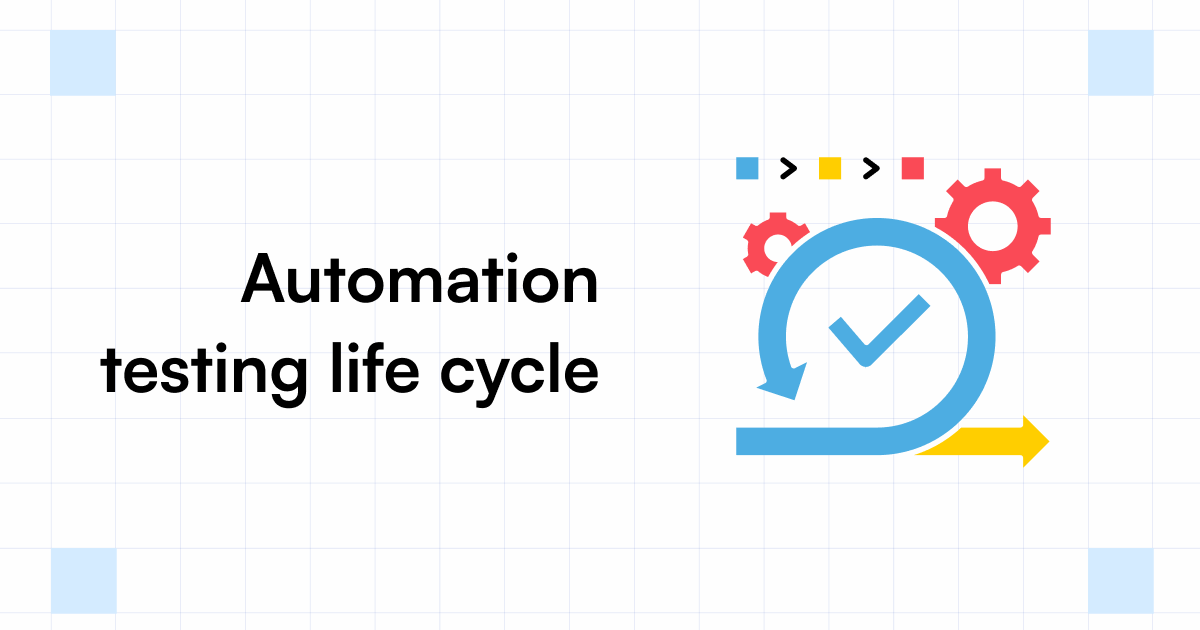How Automation Testing Transforms Quality Assurance Processes
How Automation Testing Transforms Quality Assurance Processes
Blog Article
Making Sure Success in Automation Checking: Secret Metrics, Challenges, and Solutions Every QA Team Should Know
In the realm of software application quality guarantee, the landscape of automation screening is ever-evolving, demanding a meticulous technique to make certain seamless operations. The trip to grasping automation screening is paved with subtleties that call for an eager eye for surveillance, analysis, and constant renovation. As the sector moves forward, the pursuit for optimum performance in automation testing stays a constant quest, prompting QA groups to outfit themselves with the expertise and techniques crucial for triumph.
Significance of Key Metrics
Recognizing the value of essential metrics is vital for reviewing the efficiency and effectiveness of automation screening procedures. Secret metrics work as quantifiable actions that provide useful understandings into numerous aspects of the screening procedure, such as examination coverage, examination implementation time, problem density, and test situation effectiveness. By examining these metrics, QA groups can identify bottlenecks, ineffectiveness, and locations for enhancement within their automation screening structure.
One crucial aspect of essential metrics is their capacity to track progress and keep track of the total wellness of the screening procedure (automation testing). They make it possible for stakeholders to make educated decisions based upon data-driven understandings, which can bring about much more reliable testing techniques and far better source appropriation. In addition, key metrics can aid teams set sensible goals, measure the success of automation efforts, and show the ROI of automation testing efforts

Common Obstacles Faced
Difficulties frequently come across in automation screening processes can significantly influence the general performance and efficiency of QA teams. Automation testing may not cover all facets of testing, such as use and individual experience testing, which still call for hands-on intervention. Getting rid of these difficulties needs proper planning, tactical test case selection, robust maintenance procedures, ample sources, and a clear understanding of the constraints of automation screening.
Reliable Solutions for Obstacles
To attend to the challenges come across in automation testing, executing efficient services is important for enhancing the performance and performance of QA teams. One essential solution is to buy durable training programs for QA teams to guarantee they have the needed abilities to efficiently make use of automation devices. Training can connect knowledge voids, enhance understanding of automation frameworks, and improve scripting capabilities, inevitably bring about a lot more efficient examination development and execution.
An additional important service is to develop clear interaction channels within the QA team and with other stakeholders, such as developers and task managers. Reliable communication aids in aligning assumptions, sharing progress updates, and without delay resolving issues or obstacles that may emerge during the automation screening process.

Monitoring and Evaluation Techniques
Implementing effective tracking and evaluation strategies is crucial for guaranteeing the success and performance of automation testing procedures. In addition, examining examination results and metrics provides valuable insights into the high quality of the software being tested and the performance of the screening technique.
One key strategy in tracking and analysis is making use of control panels that consolidate relevant metrics and KPIs in an aesthetically available format. These control panels use an extensive overview of examination execution standing, test coverage, problem patterns, and various other vital details. Routinely examining and assessing these control panels can help QA teams make notified choices, focus on jobs, and optimize testing initiatives.
Additionally, carrying out automated notifies and alerts based on predefined limits can improve positive tracking and prompt intervention. By establishing notifies for performance variances additional resources or examination failures, teams can deal with problems without delay and stop them from rising. Overall, monitoring and analysis techniques play an important role in making sure the performance and success of automation screening initiatives.
Continual Improvement Methods
Enhancing the efficacy of automation testing procedures demands the consistent improvement of methods and methodologies. Continual improvement techniques are essential for QA groups to adjust to progressing modern technologies and supply top quality software application items. One crucial technique to boosting automation screening processes is to carry out regular from this source testimonials and retrospectives. By assessing previous screening cycles, groups can determine traffic jams, inefficiencies, and locations for enhancement. Implementing feedback loops and including lessons found out into future testing frameworks can generate considerable renovations gradually.

Verdict
To conclude, it is vital for QA groups to understand the key metrics, obstacles, and options in automation testing to make sure success. By carefully checking and assessing information, implementing efficient remedies to typical obstacles, and continuously improving methods, QA teams can maximize their testing processes and deliver premium software application items. Following these techniques will eventually bring about much more efficient and efficient automation screening methods.
By evaluating these metrics, QA groups can recognize bottlenecks, inadequacies, and areas for improvement within their automation testing framework.
Additionally, essential metrics can assist teams set practical goals, determine the success of automation efforts, and show the ROI of automation testing initiatives.
Obstacles typically encountered in automation screening web link processes can dramatically impact the general performance and performance of QA teams. Automation testing may not cover all facets of screening, such as usability and individual experience screening, which still call for manual intervention.In verdict, it is important for QA groups to understand the vital metrics, challenges, and options in automation screening to guarantee success.
Report this page